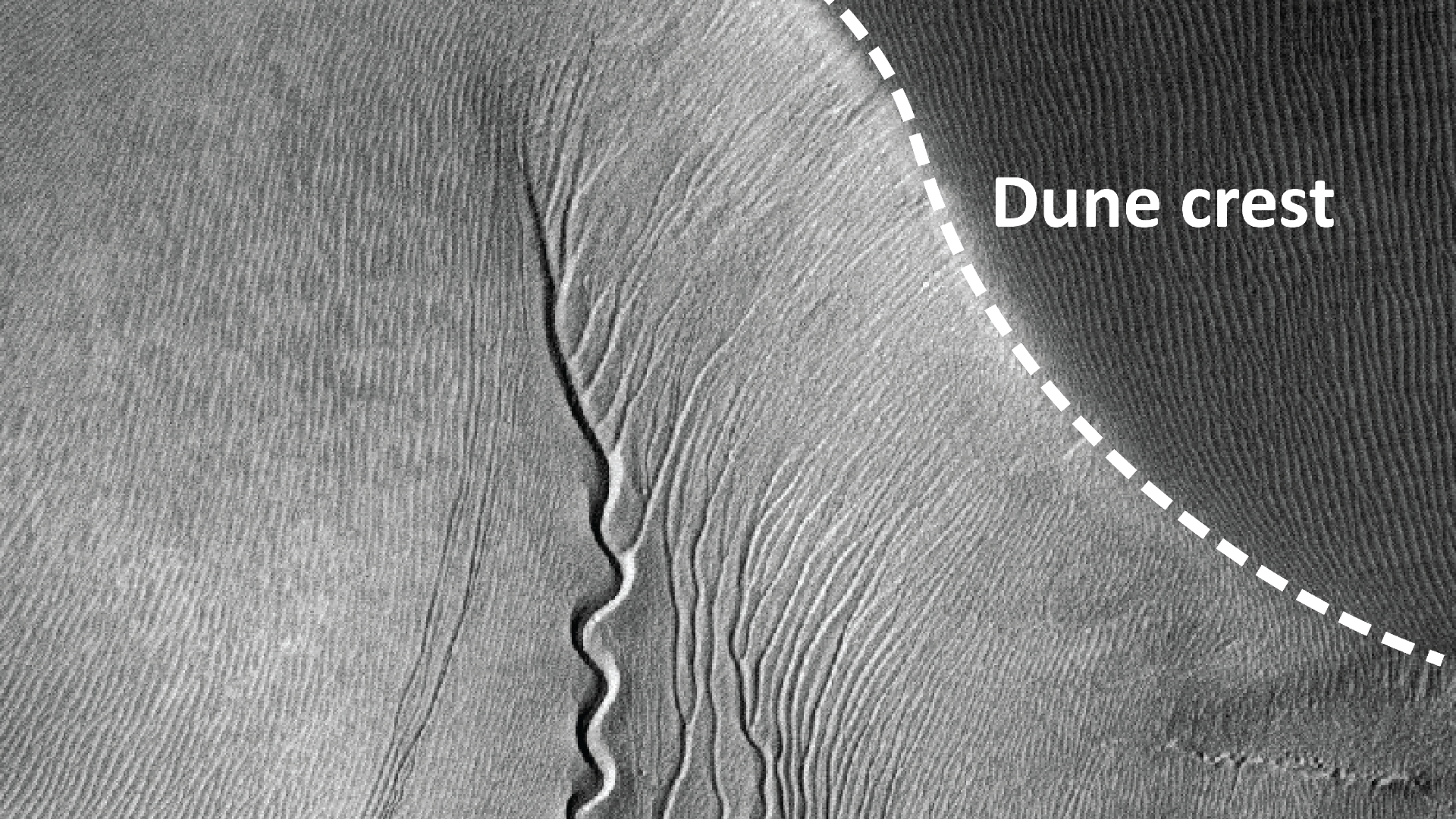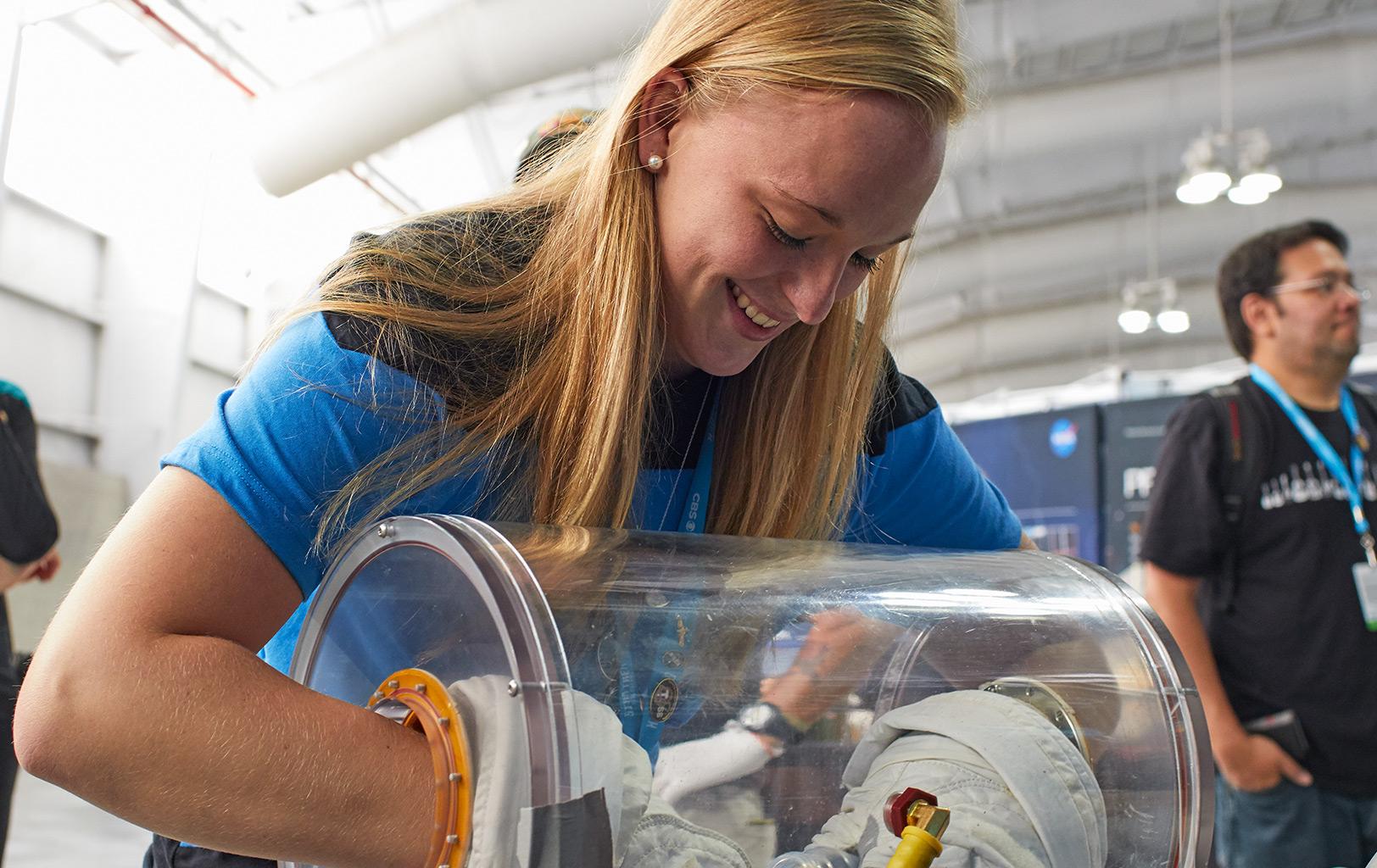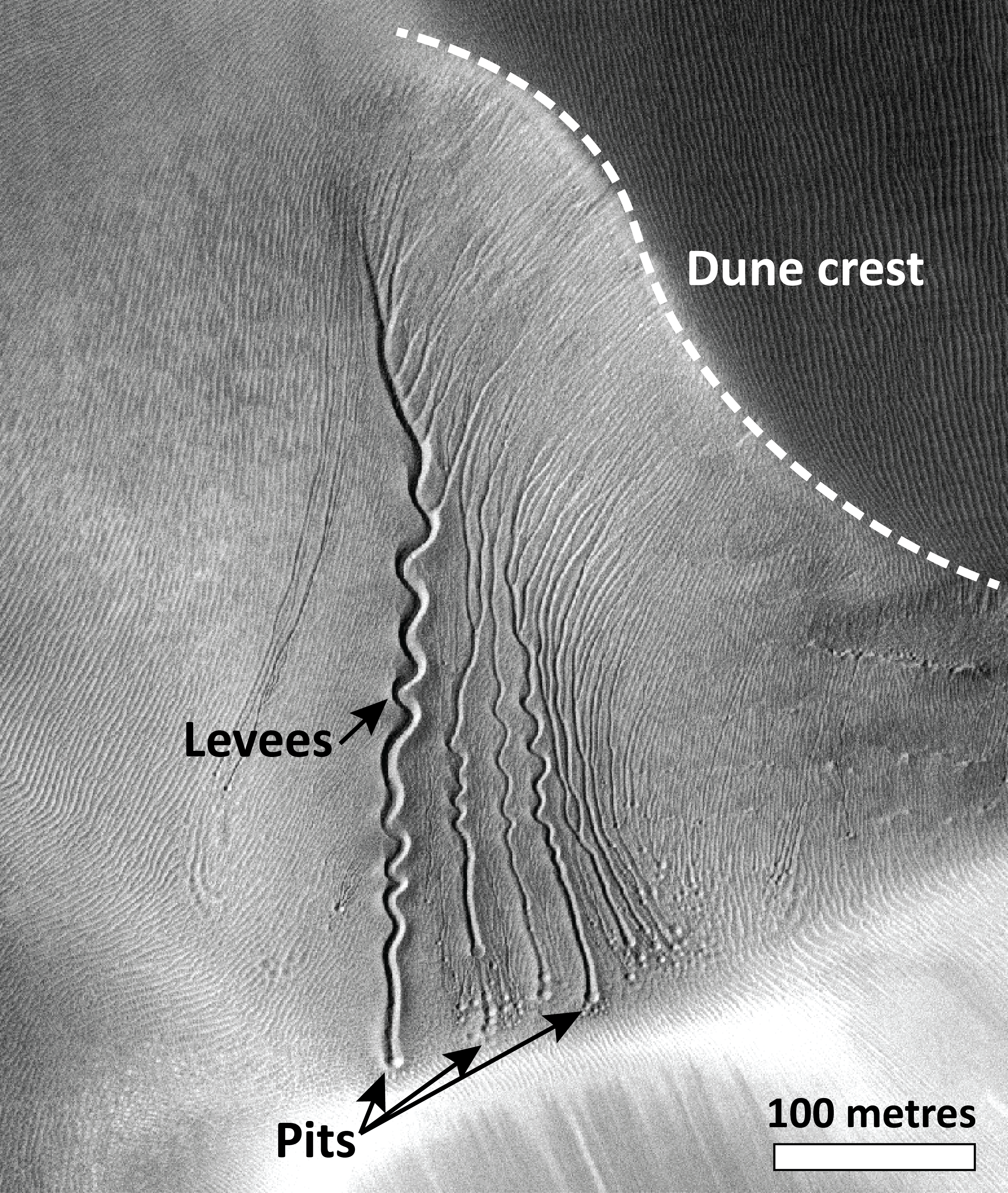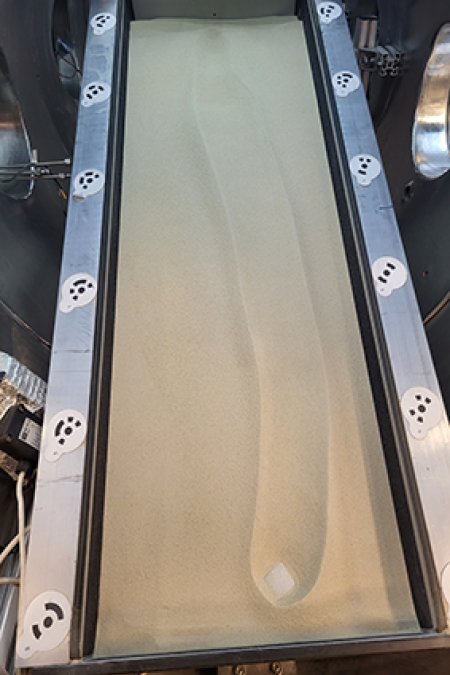Dry ice may burrow through Mars like sandworms in 'Dune'
"The CO2 ice block began to dig into the slope and move downwards just like a burrowing mole or the sandworms from 'Dune.' It looked very strange!"

Blocks of carbon dioxide ice appear to carve mysterious gullies on Mars as they melt along dunes and blast away sand — a process that looks eerily like the burrowing of fictional sandworms in the movie "Dune."
Planetary scientists have long puzzled over strange, sinuous trenches etched into desert dunes on the Red Planet. The channels look freshly dug, complete with raised rims and winding paths, yet Mars today is too cold, too dry and too lifeless for running water — or giant worms — to be the cause.
Instead, a new study suggests that the gullies are sculpted by slabs of dry ice that form during the Martian winter. As spring approaches and temperatures warm, the sand heats up and blocks of ice break off, sliding and sublimating their way through the Martian sand, according to a statement from Utrecht University.
Inside a Mars simulation chamber, researchers placed carbon dioxide (CO2) ice blocks atop small sand dunes under low pressure and frigid temperatures to mimic the Red Planet's environment. As the ice warmed, it began to sublimate, turning directly from solid to gas. Gas trapped beneath the block built pressure until it vented explosively, lifting and propelling the ice downslope. As it glided, the block plowed a narrow trench and pushed sand aside into small levees — forming miniature versions of the gullies seen across Mars from orbit.
"It felt like I was watching the sandworms in the film 'Dune,'"Lonneke Roelofs, lead author of the study and an Earth Scientist from Utrecht University, said in the statement. "In our simulation, I saw how this high gas pressure blasts away the sand around the block in all directions."
The study helps rule out other possible sources behind these gullies, such as liquid water, which would have implications for potential Martian habitability. Instead, the dry-ice process offers a purely physical, water-free explanation — proof that Mars can still reshape itself today, even without rivers or rainfall. Studying the formation of structures on other planets also offers new insight for understanding Earth's landscape by looking at underlying processes through a different lens, the researchers said.
"We tried out various things by simulating a dune slope at different angles of steepness. We let a block of CO2 ice fall from the top of the slope and observed what happened”, Simone Visschers, co-author of the study and master student at Utrecht University, said in the statement. "After finding the right slope, we finally saw results. The CO2 ice block began to dig into the slope and move downwards just like a burrowing mole or the sandworms from 'Dune.' It looked very strange!"
Breaking space news, the latest updates on rocket launches, skywatching events and more!
While no sandworms roam the Martian deserts, its dunes may indeed come alive each spring — when slabs of dry ice briefly tunnel through the sand and etch new gullies across the planet's surface.
Their findings were published on Oct. 8 in the journal Geophysical Research Letters.

Samantha Mathewson joined Space.com as an intern in the summer of 2016. She received a B.A. in Journalism and Environmental Science at the University of New Haven, in Connecticut. Previously, her work has been published in Nature World News. When not writing or reading about science, Samantha enjoys traveling to new places and taking photos! You can follow her on Twitter @Sam_Ashley13.
You must confirm your public display name before commenting
Please logout and then login again, you will then be prompted to enter your display name.



